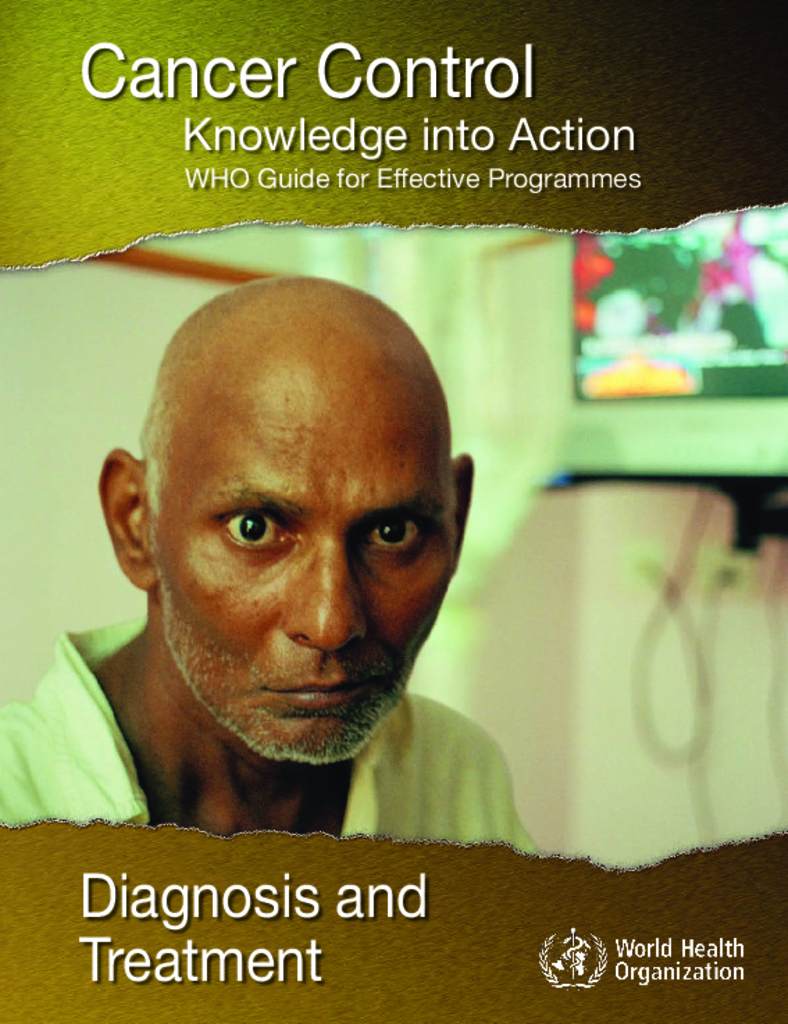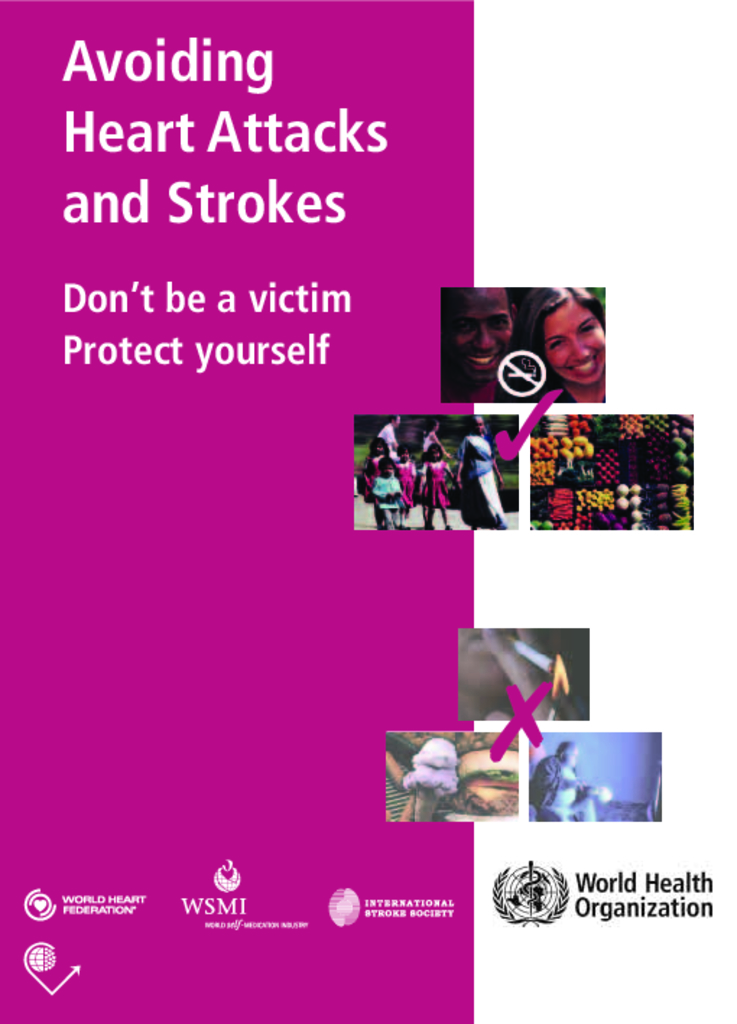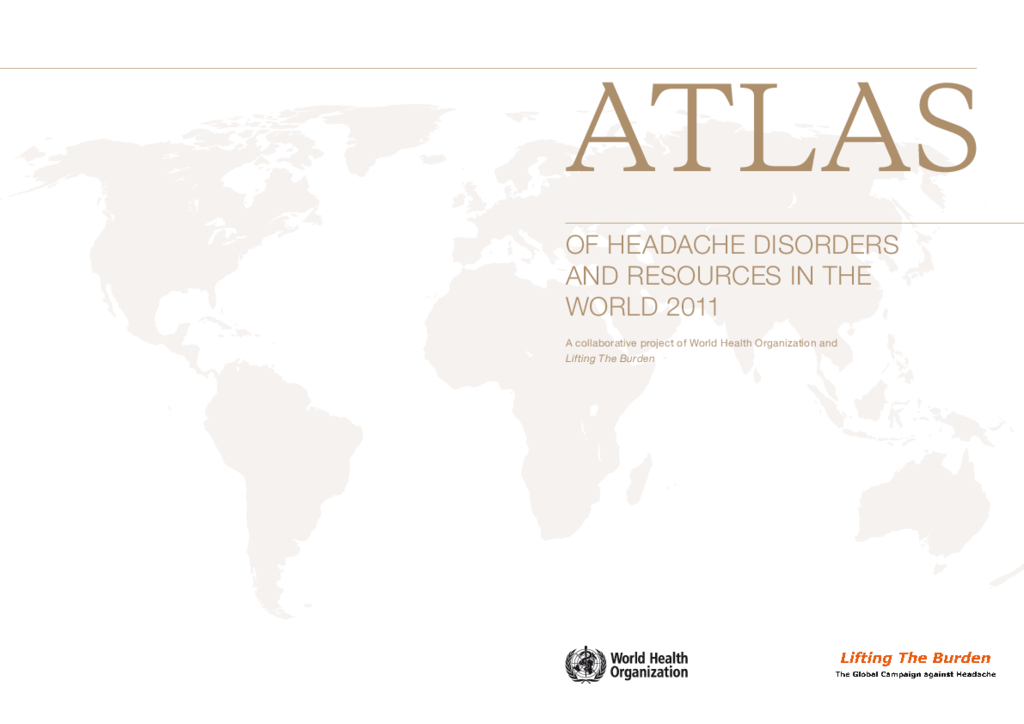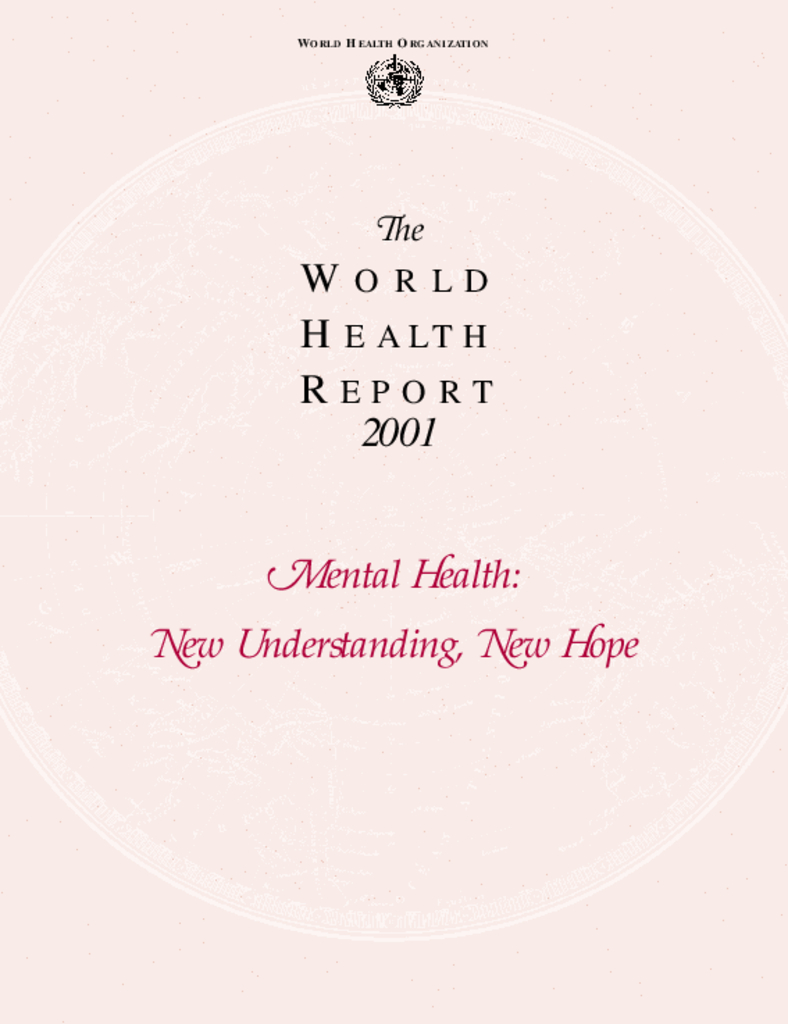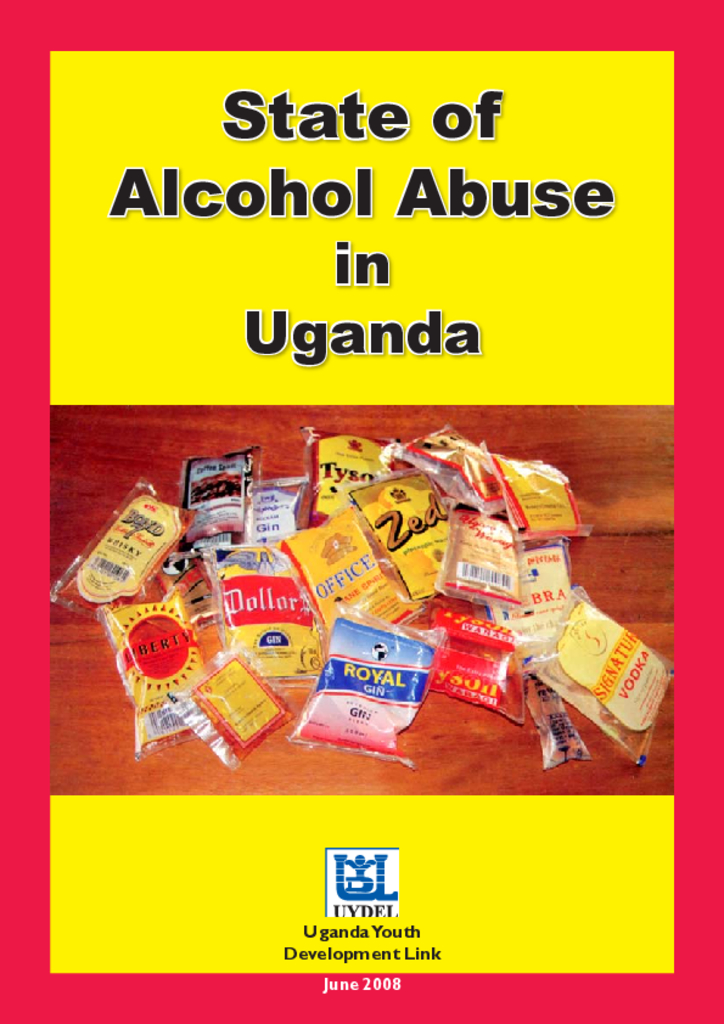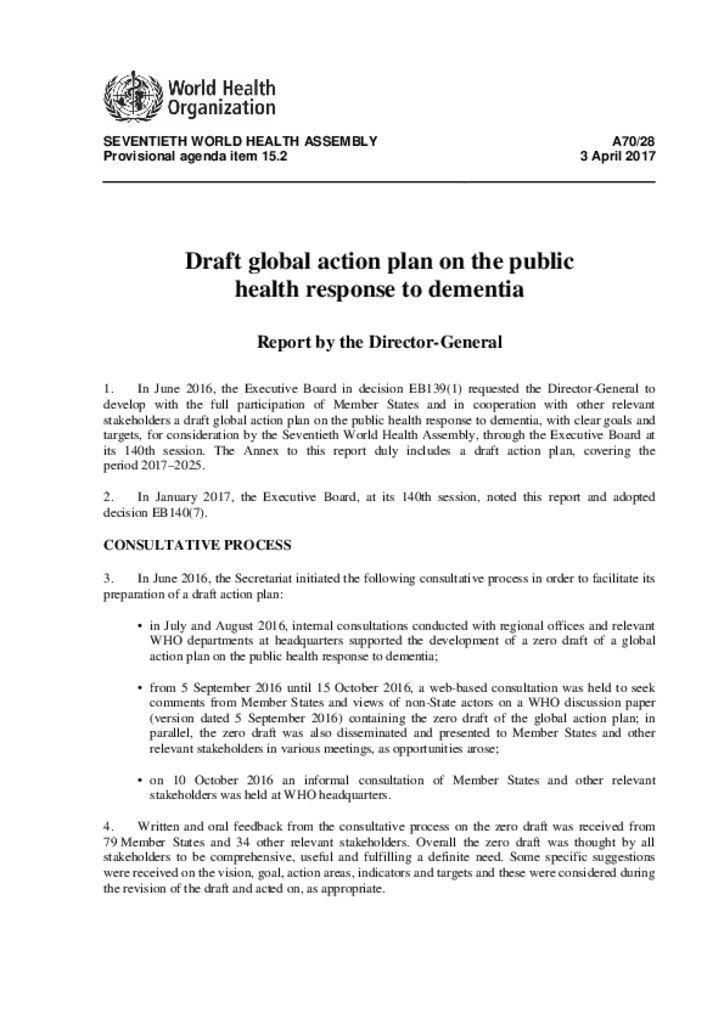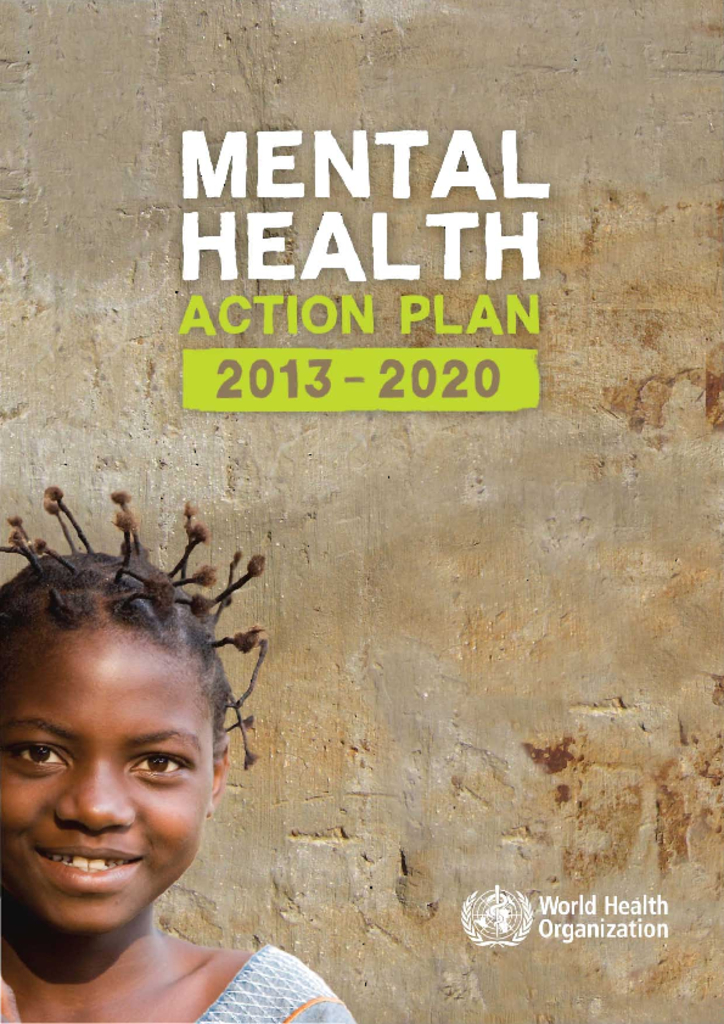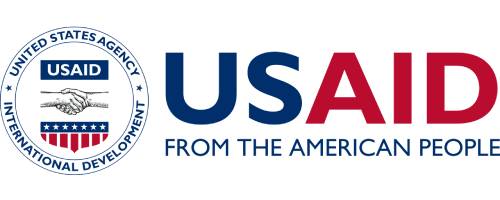Cardiovascular diseases (CVDs) remain the biggest cause of death worldwide. More than 17 million people died from CVDs in 2008. More than 3 million of these deaths occurred before the age of 60 and could have largely been prevented. The percentage of premature deaths from CVDs ranges from 4% in high-income countries to 42% in low-income countries, leading to growing inequalities in the occurrence and outcome of CVDs between countries and populations.
Chronic Diseases in Canada (CDIC) is a quarterly scientific journal focussing on current evidence relevant to the control and prevention of chronic (i.e. non-communicable) diseases and injuries in Canada.
Since 1980 the journal has published a unique blend of peer-reviewed feature articles by authors from the public and private sectors and which may include research from such fields as epidemiology, public/community health, biostatistics, the behavioural sciences, and health services or economics. Only feature articles are peer reviewed.
Authors retain responsibility for the content of their articles; the opinions expressed are not necessarily
those of the CDIC editorial committee nor of the Public Health Agency of Canada.
Cancer is a leading cause of death globally. The World Health Organization estimates that 7.6 million people died of cancer in 2005 and 84 million people will die in the next 10 years if action is not taken. More than 70% of all cancer deaths occur in low- and middle-income countries, where resources available for prevention, diagnosis and treatment of cancer are limited or nonexistent.
But because of the wealth of available knowledge, all countries can, at some useful level, implement the four basic components of cancer control – prevention, early detection, diagnosis and treatment, and palliative care – and thus avoid and cure many cancers, as well as palliating the suffering.
Palliative care meets the needs of all patients requiring relief from symptoms, and the needs of patients and their families for psychosocial and supportive care. This is particularly true when patients are in advanced stages and have a very low chance of being cured, or when they are facing the terminal phase of the disease. Because of the emotional, spiritual, social and economic consequences of cancer and its management, palliative care services addressing the needs of patients and their families, from the time of diagnosis, can improve quality of life and the ability to cope effectively (see Palliative Care module).
Treatment aims to cure disease, prolong life, and improve the quality of remaining life after the diagnosis of cancer is confirmed by the appropriate available procedures. The most effective and efficient treatment is linked to early detection programmes and follows evidence-based standards of care.
Patients can benefit either by cure or by prolonged life, in cases of cancers that although disseminated are highly responsive to treatment, including acute leukaemia and lymphoma. This component also addresses rehabilitation aimed at improving the quality of life of patients with impairments due to cancer (see Diagnosis and Treatment module).
Every year, about 12 million people throughout the world die of a heart attack or a stroke. These diseases affect the poor as well as the rich. Most people think that they are diseases of middle-aged men. The truth is that both men and women suffer from heart attacks and strokes. Women are much more at risk after menopause.
Headache disorders are among the most common disorders of the nervous system, causing substantial ill-health and disability in populations throughout the world. Despite this, they are underestimated in scope and scale, and there is little recognition of their public-health impact. It is not known how, or how effectively, health-care and other resources are utilized to mitigate their effects.
The World Health Report 2001 provides a new understanding of mental disorders that offers new hope to the mentally ill and their families in all countries and all societies. It is a comprehensive review of what is known about the current and future burden of disorders, and the principal contributing factors.
It examines the scope of prevention and the availability of, and obstacles to, treatment. It deals in detail with service provision and planning; and it concludes with a set of far-reaching recommendations that can be adapted by every country according to its needs and its resources.
This report focuses on alcohol and the harmful effects resulting from its abuse yet appear to be very little information going around in the country which gives full picture about the problem. There is a lot of alcohol in Uganda with production in the formal sector breweries estimated at 37% while the domestically produced
spirits account for 63%, which is largely unregulated and unrecorded.
The smuggling of alcohol into the country is also at its peak and it is sold to both youths and underage children who apparently are the number one target of the alcohol industry. This has been done through advertising in the media and sponsored events such as sports, performing arts, music shows and bazaars. Indeed there are also promotions centering on young people that depict alcohol as a good and harmless product.
The older people grow the more they drink. Women are increasingly reported to be taking up drinking and at a higher rate.
Everyone in need should have access to basic mental health care. This key principle, identified by the World Health Organization, requires that mental health care be affordable, equitable, geographically accessible, available on a voluntary basis and of adequate quality.
The draft global action plan on the public health response to dementia has close conceptual and 5.strategic links to, and builds upon, other global action plans and strategies adopted or endorsed by the World Health Assembly including: WHO’s Comprehensive mental health action plan 2013–2020,1 the Global action plan for the prevention and control of noncommunicable diseases 2013–2020,2 the WHO global disability action plan 2014–2021,3 the Global strategy and plan of action on ageing and health 2016–2020,4 and the Global Strategy on Human Resources for Health.5 It also draws on regional action plans, including WHO/PAHO’s Strategy and Plan of Action on Dementias in Older Persons 2015–2019.6
The action plan builds upon, but does not duplicate, the work of WHO's mental health gap action programme (mhGAP). The latter was to expand services for mental health in low resource settings. The action plan is global in its scope and is designed to provide guidance for national action plans. It addresses, for all resource settings, the response of social and other relevant sectors, as well as promotion and prevention strategies.




